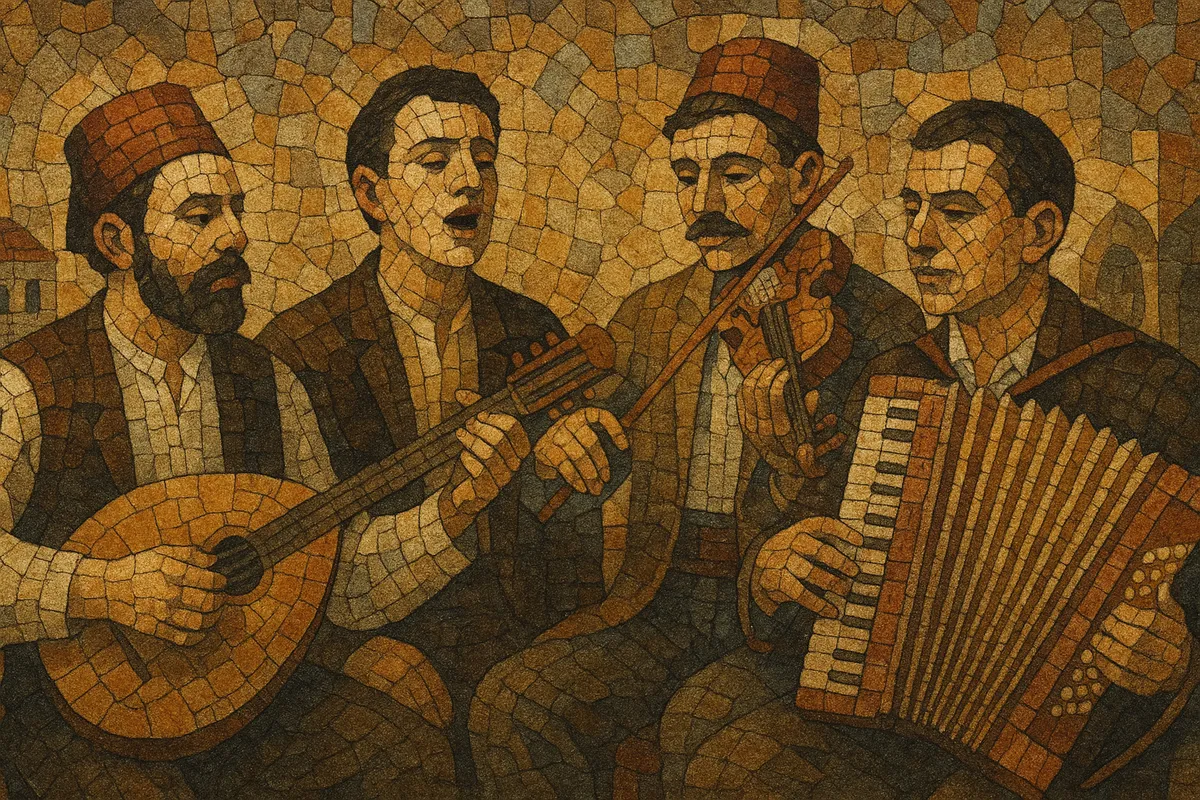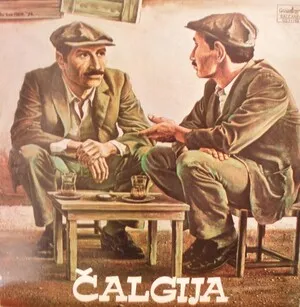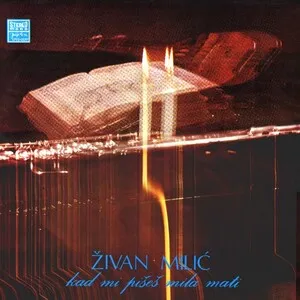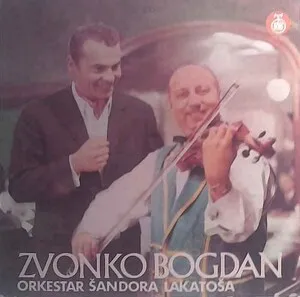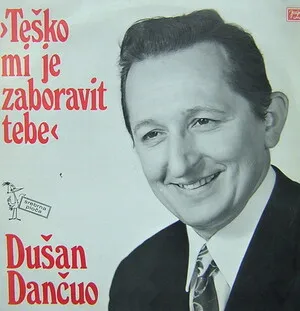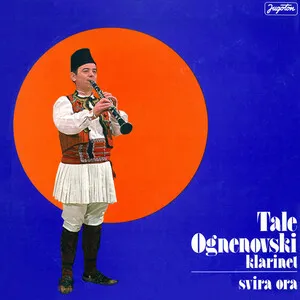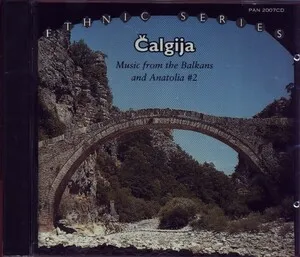Starogradska muzika (literally "old‑city music") is a South Slavic urban song tradition shaped in 19th‑ and early 20th‑century Balkan towns under Ottoman and Austro‑Hungarian influence.
It blends European salon dances (waltz, polka) with Ottoman‑sevdah melodic ornamentation and local folk poetics, yielding graceful, strophic songs about love, tavern life (kafana), cityscapes, and the passage of time.
Typical ensembles feature voice with tamburica, violin, clarinet, guitar, and accordion; tempos range from lilting triple‑meter waltzes to gentle two‑step polkas and slow, rubato ballads rich in melisma and modal color.
The style is performed in intimate settings—courtyards, taverns, festivals—and valued for its nostalgic, sentimental character and refined, urbane delivery.
Starogradska muzika emerged in Serbian and broader South Slavic urban centers during the 1800s. Bordering Ottoman and Austro‑Hungarian cultural spheres, towns like Belgrade and Novi Sad absorbed salon dances (waltz, polka) and Central European harmony while retaining Ottoman‑sevdah phrasing, modal turns, and ornamentation. The result was an urbane song repertory distinct from rural village music, performed by small ensembles with tamburica, violin, clarinet, guitar, and later accordion.
By the interwar period, repertoire circulated via songbooks, salon performance, and early recordings. Radio stations in the Kingdom of Yugoslavia helped standardize arrangements and vocal style, favoring clear diction, elegant vibrato, and tasteful melisma. Urban cafés and kafanas became hubs where starogradske pesme (old‑town songs) thrived alongside sevdalinka and other city genres.
After World War II, state radio/TV orchestras preserved and arranged starogradska numbers for broadcast, concert stages, and festivals. While new‑composed folk and pop rose to prominence, starogradska persisted as the emblem of an older, refined city culture. Archival recordings, thematic concerts, and high‑profile interpreters kept the style visible and shaped its “classic” canon.
Today, the genre lives through tavern performances, heritage festivals, tamburica ensembles, and dedicated revivalists across Serbia and neighboring ex‑Yugoslav regions. Modern renditions may update harmony or add light pop polish, but they maintain strophic forms, lyrical nostalgia, and the intimate, conversational delivery that define the style.

